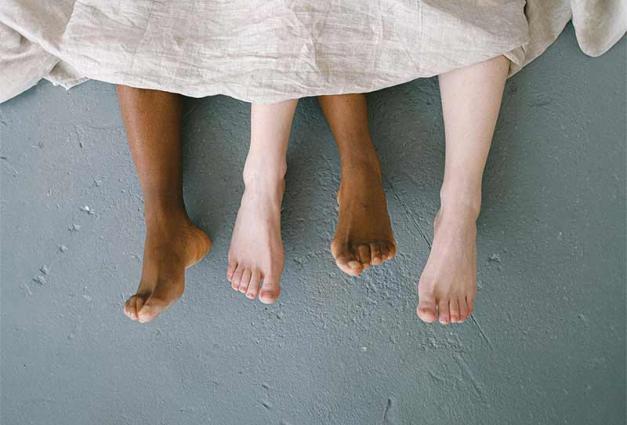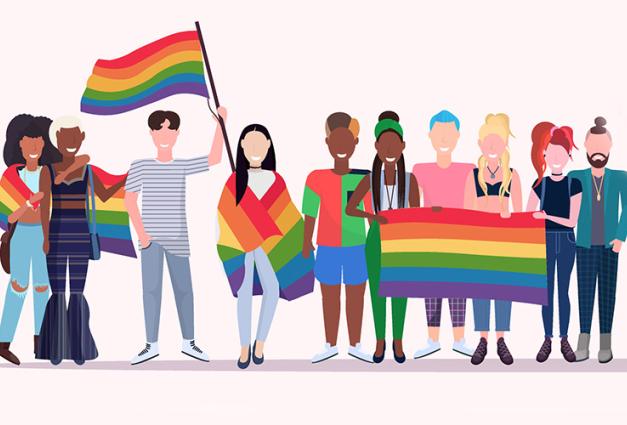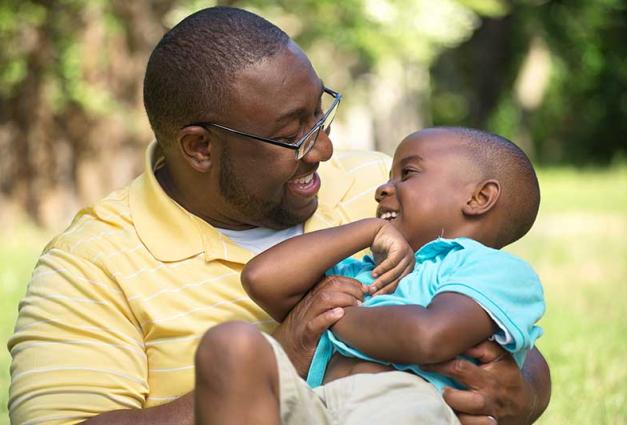Studying demographic variables, such as race, gender, sexual orientation and religion, allows researchers to examine how these factors influence people in many ways. However, these elements often work together to impact individuals that hold more than one marginalized identity.
Intersectionality, coined by Kimberlé Crenshaw, refers to a theoretical framework that addresses how combinations of various identities lead to unique forms of discrimination. For example, black women may face sexism in a different form than white women and may face racism in a different form than black men.
Research by Christopher Petsko and Dr. Galen Bodenhausen explored how the intersecting identities of race and sexual orientation influence racial stereotyping.
They found that when participants were told that Asian, Black, White, and Hispanic men were gay, these men were viewed as less prototypical for their race. This finding supports the de-racialization hypothesis, which predicts that people tend to see prototypes of a race as heterosexual by default. So, when a person is not heterosexual, they come to seem less race-typical than they would have seemed otherwise.
Results also indicated that as compared to non-gay men, Black and Hispanic gay men were assigned “Whiter” attributes by participants. But this result did not hold true for East Asian men. Since East Asian gay men (vs. non-gay men) were not perceived as having “Whiter” attributes, this finding only partially supports the “whitening” hypothesis, which says that a prototypical person is White by default.
The stereotype of gay men having more affluence or a higher socioeconomic status than heterosexual men may explain this difference in “whitening” between Black and Hispanic men as compared to East Asian men. This stereotype is untrue, however, as many members of the lesbian, gay, bisexual, transgender and queer or questioning (LGBTQ) community actually face a greater likelihood of being underresourced, rather than overresourced.
Social categorization plays a role in many types of stereotyping, including against gay men and people of color. Social categorization occurs very quickly and serves as an adaptive psychological tendency, but it can also lead to outgroup disadvantages, stereotypes, and discrimination.
This study supported the hypothesis that labeling a person as gay may cause them to seem less racially prototypic, and even as “Whiter”, than they would have seemed otherwise. However, these findings do not support the idea that Whiteness is part of the gay identity by default.
Written by: Hannah Snidman, Experimental Psychology Doctoral Student at Texas Tech University
Session: “Stereotyping at the Intersections of Race and Sexual Orientation,” part of Nuancing Stereotypes and Perceptions: An Intersectional Approach, held Saturday, February 29th, 2020.
Speaker: Christopher Petsko, Northwestern University




